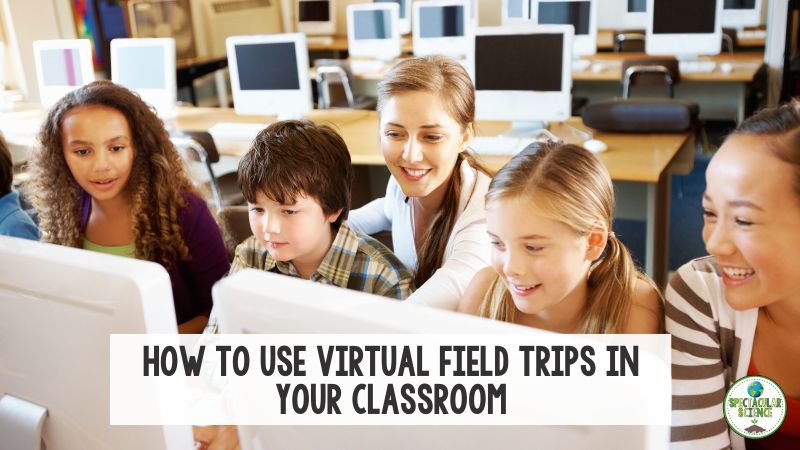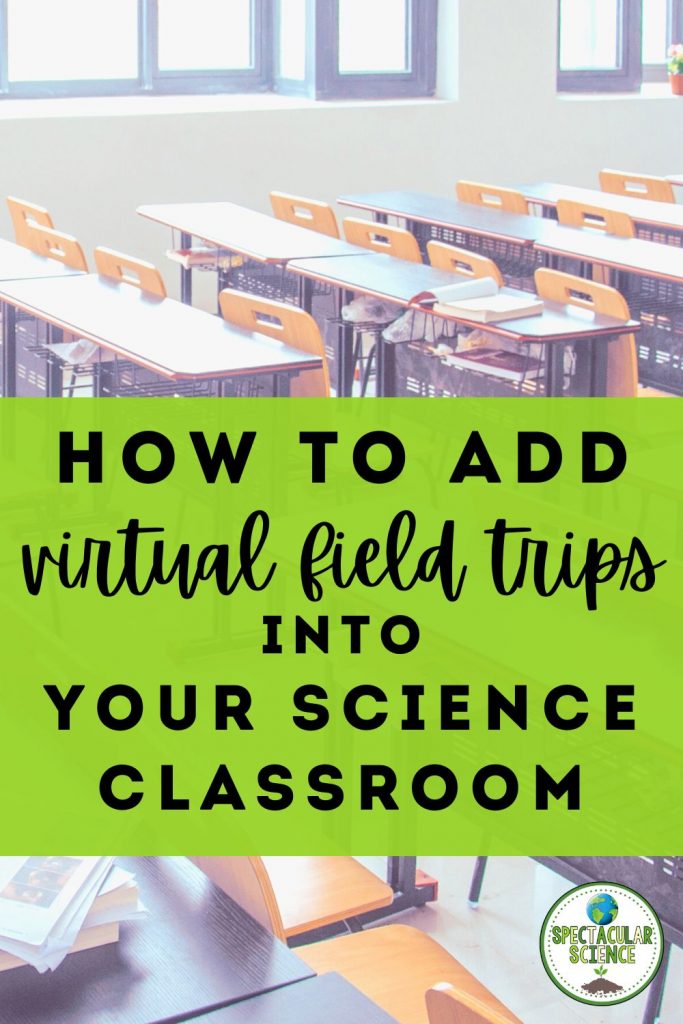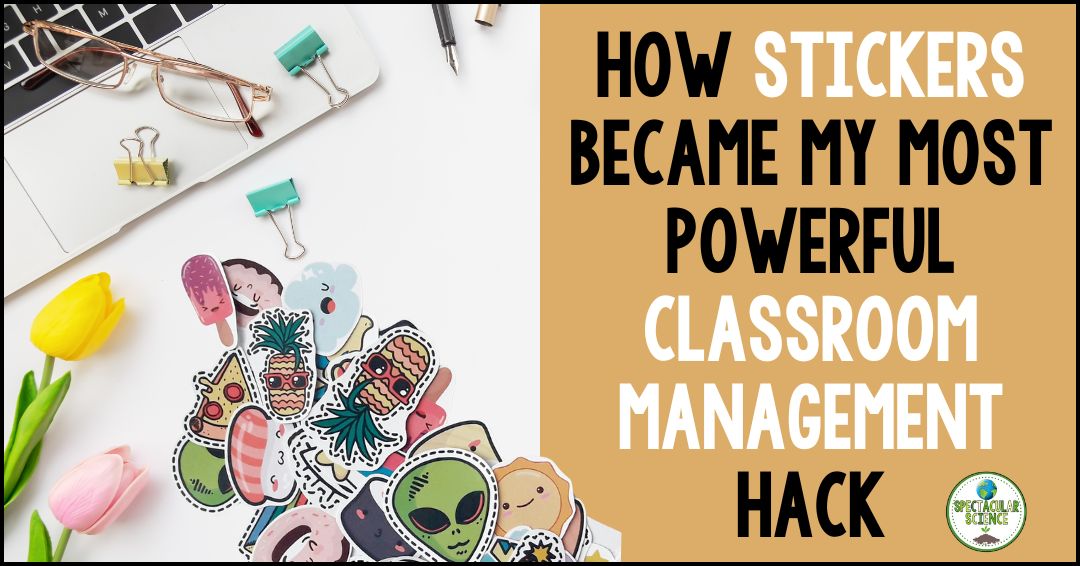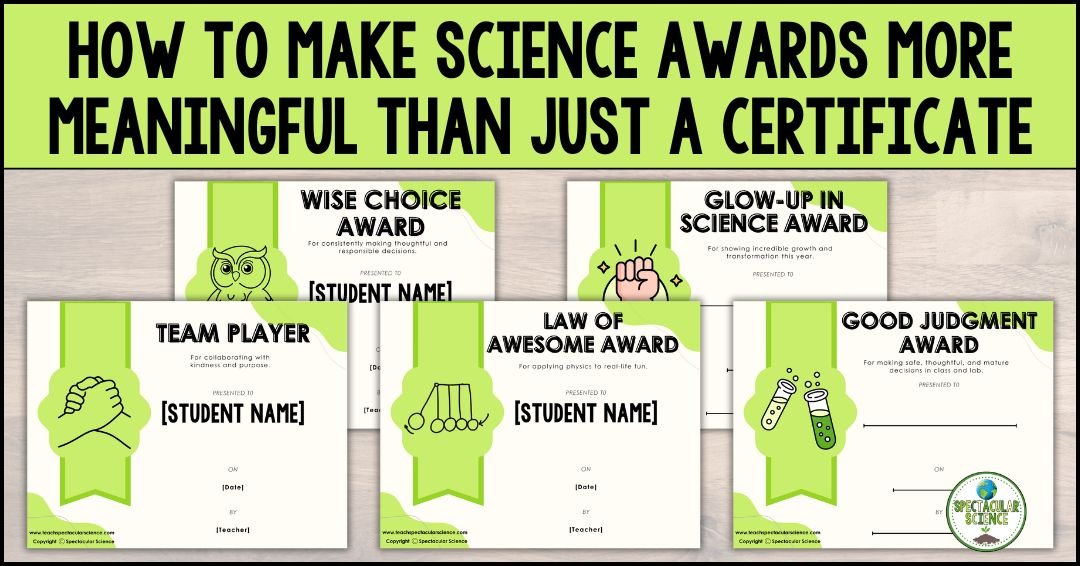
When you think of field trips are your students more like Arthur or Wanda from Ms. Frizzle’s class? Arthur is skittish about new adventures, whereas Wanda is always ready and willing to jump into new experiences.
What if you could please both by having a field trip that provides engagement, and a new way to explore places and gather information, all while staying in your classroom?
A virtual field trip could meet the needs of Arthur, Wanda, and your students too!
While Ms. Frizzle’s main audience might be a bit younger than yours, she had the right idea about providing experiential learning opportunities to students. This is a lesson that virtual field trips put into practice for students in all grades!
What is a virtual field trip?
A virtual field trip is a guided exploration to travel the globe and visit natural environments without leaving the classroom. These educational experiences allow students to explore sites from the present or past. And the best part is they are aligned with curriculum standards to meet your classroom expectations and needs.
Field trip vs. virtual field trip
Think about where you live and teach… What opportunities for field trips exist near you? Any volcanoes nearby? A rainforest maybe? How about a place that’s tied to your curriculum, can be engaging for students, AND meets your department or school budget?
Venturing out of the classroom can be a wonderful option but it’s not always possible for various reasons. One of the best benefits of virtual field trips is that so many locations become possible!

Want to explore different places and spaces with your students that are all aligned with your curriculum? Check out this bundle of 6 virtual field trips for your science classes.
Benefits of Virtual Field Trips
Introducing your students to virtual field trips has many benefits for them and you as their teacher!
First, it’s an opportunity for experiential learning that allows you to ditch the textbook for a class or two so students can travel without leaving the classroom. Students can explore different places across the world and across time too.
For teachers, it means not having to fundraise, collect a million permission slips, or repeatedly count students to make sure everyone is accounted for throughout the day while off-site.
Through images, animations, simulations, and audio and video components, you and your class can go where the school bus can’t!
And the final benefit of virtual field trips is that they are great to use as a sub plan when you need to take a much-deserved day off!
Virtual Field Trips for Science
Deciding where to go for a virtual field trip is the biggest decision you will need to make.
Take a look at your curriculum and consider where – geographically and/or historically – would be an excellent place to add dimension to your unit or lessons.
Things to consider:
- What are your students interested in?
- What lesson needs a bit more to engage students?
- What in the textbook needs to be supplemented to create a richer lesson?

If you’re teaching volcanoes as part of an Earth Science unit or course, then a trip to Mount Saint Helens in the Pacific Northwest would be amazing. This virtual field trip to Mount Saint Helens brings the place to life for students as they become immersed in the aftermath of the largest volcanic eruption in history.

If you’re studying erosion in class, then take your students around the globe to visit monumental locations in Arizona, South Dakota, Oregon, Hawaii, and the Galápagos Islands. With this virtual field trip students review the concepts of weathering and erosion along with different agents of erosion. Plus, they wrap up their trip with a research task to apply their knowledge to a recent event in the Galápagos Islands.

Another option could be to visit different locations around the globe to experience different terrestrial biomes. This virtual field trip takes students to Southeast Asia, Central America, Africa, and North America to observe differences in species and climate.

A Final Word on Virtual Field Trips
Virtual field trips are an effective and creative approach to educating students about real-life examples. Students explore, take notes, ask questions, and further develop their research skills from the comfort of your classroom.
Where would you like to “travel” to with your students? Add some ideas in the comments below.

















2 Responses
I have never tried a virtual field trip but it may help to motivate kids. I think I would like to try a virtual field trip to the Olympic Peninsula because the kids only think of tropical rainforests and not temperate.
Hi Amber,
That is a great idea! I encourage you to try a VFT in your classroom. It is often a refreshing change of pace for students, especially when teachers fully commit to the field trip aspect of the lesson.